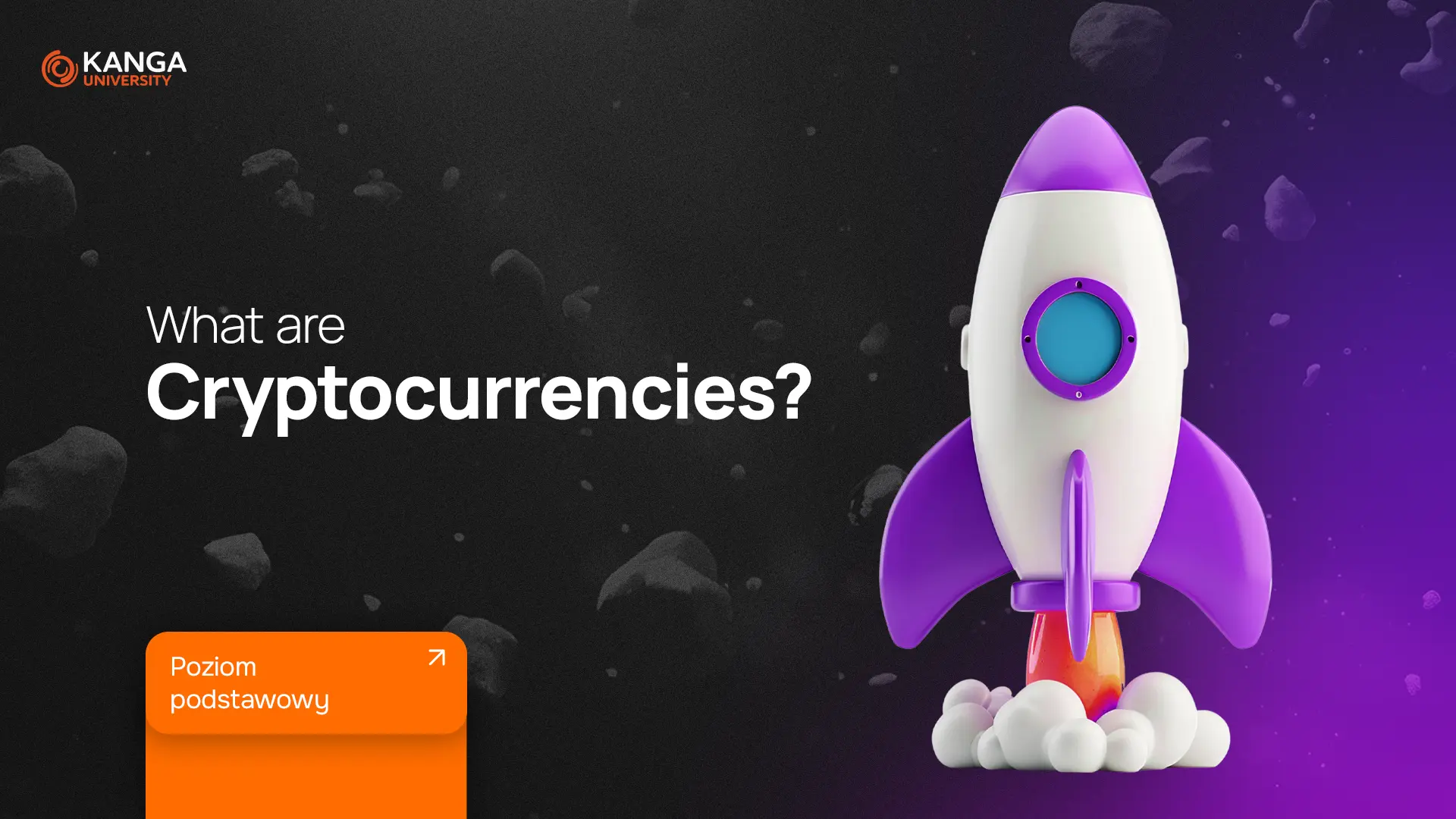
By now, everyone has probably heard of cryptocurrencies and Bitcoin, but do you understand what they are and why their popularity is growing? If you’re just getting started with cryptocurrencies, sit back and check out our lessons!
A cryptocurrency is a digital token (a digital asset that, unlike banknotes and coins, has no physical form). The asset is traded Peer-to-Peer (P2P), person-to-person, without third parties such as banks or institutions.
Most cryptocurrencies operate in a completely decentralized manner, meaning they are not under the control of government agencies. Plus, transactions are fast and cheap. Imagine being able to send $1,000 to Africa, South America, or Asia in minutes for just a few cents, all from your couch. What’s more, once a transaction is added to the blockchain, it becomes irreversible. The irreversibility of the transaction prevents falsification of records and fraud in the system, but we’ll talk more about that when discussing what Blockchain is.
Bitcoin (BTC) is the first official cryptocurrency that was created on January 3, 2009, by someone named “Satoshi Nakamoto”. Bitcoin has become the market leader, but there are dozens of new cryptocurrencies arriving every day.
It is worth noting that the term ”cryptocurrency” is used not only to refer to Bitcoin itself, but also to refer to altcoins (any cryptocurrency other than Bitcoin, the so-called alternative coins), which also include stablecoins, or tokens.
Digital assets are carriers of value. Some of them play the role of money. These features include: divisibility, preservation of value or exchangeability. The governments of countries are afraid to legalize cryptocurrencies as legal money. There are exceptions! In September 2021 El Salvador recognized Bitcoin as a full legal tender. So far, in several places around the world, Bitcoin is already on par with fiat currencies such as USD, EURO or PLN. Other countries are in the process of accepting similar solutions. In Poland, trading in digital assets is fully legal. There is no ban on using them or creating new assets.
In addition to Bitcoin, there are many more cryptocurrencies that are worth paying attention to, and in appropriate time it is worth reading their fundamental analysis; i.e., how the cryptocurrency and the project is built, what problems it solves, and whether there is a chance for its development:
Below are some altcoins:
- Ethereum (ETH)
- Ripple (XRP)
- Litecoin
- NEO
- IOTA
- Tether
- BNB
- Cardano (ADA)
- Terra (LUNA)
- Solana (SOL)
- Polkadot (DOT)
- Polygon (MATIC)
Cryptocurrencies were created for many reasons. One of them includes the desire to respect privacy. Digital assets in this form are an alternative payment source where transactions are private. That is, as we mentioned earlier-the system does not need third parties to finalize transactions. However, this is a topic for another lesson!
Acquire your first cryptocurrency on Kanga Exchange